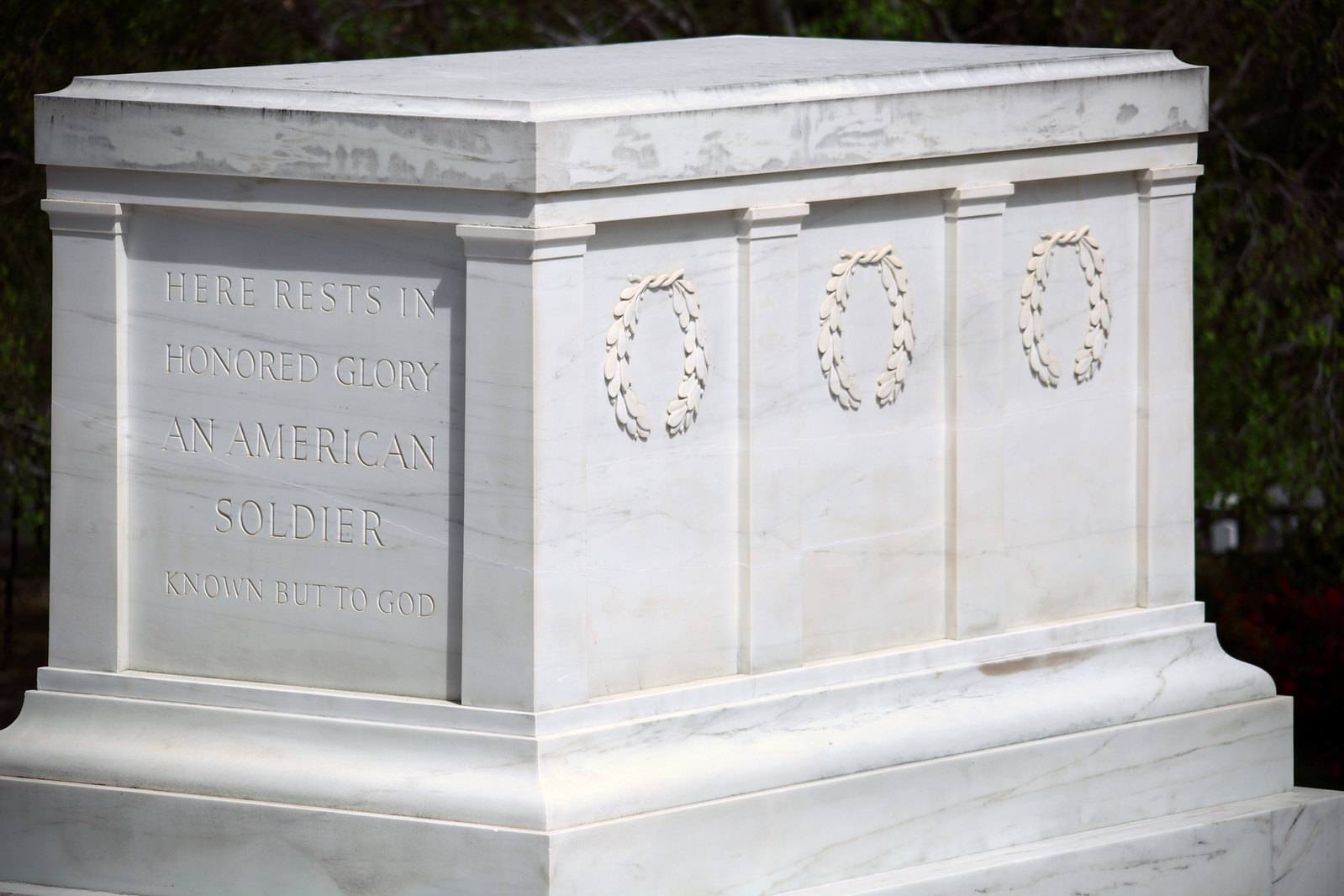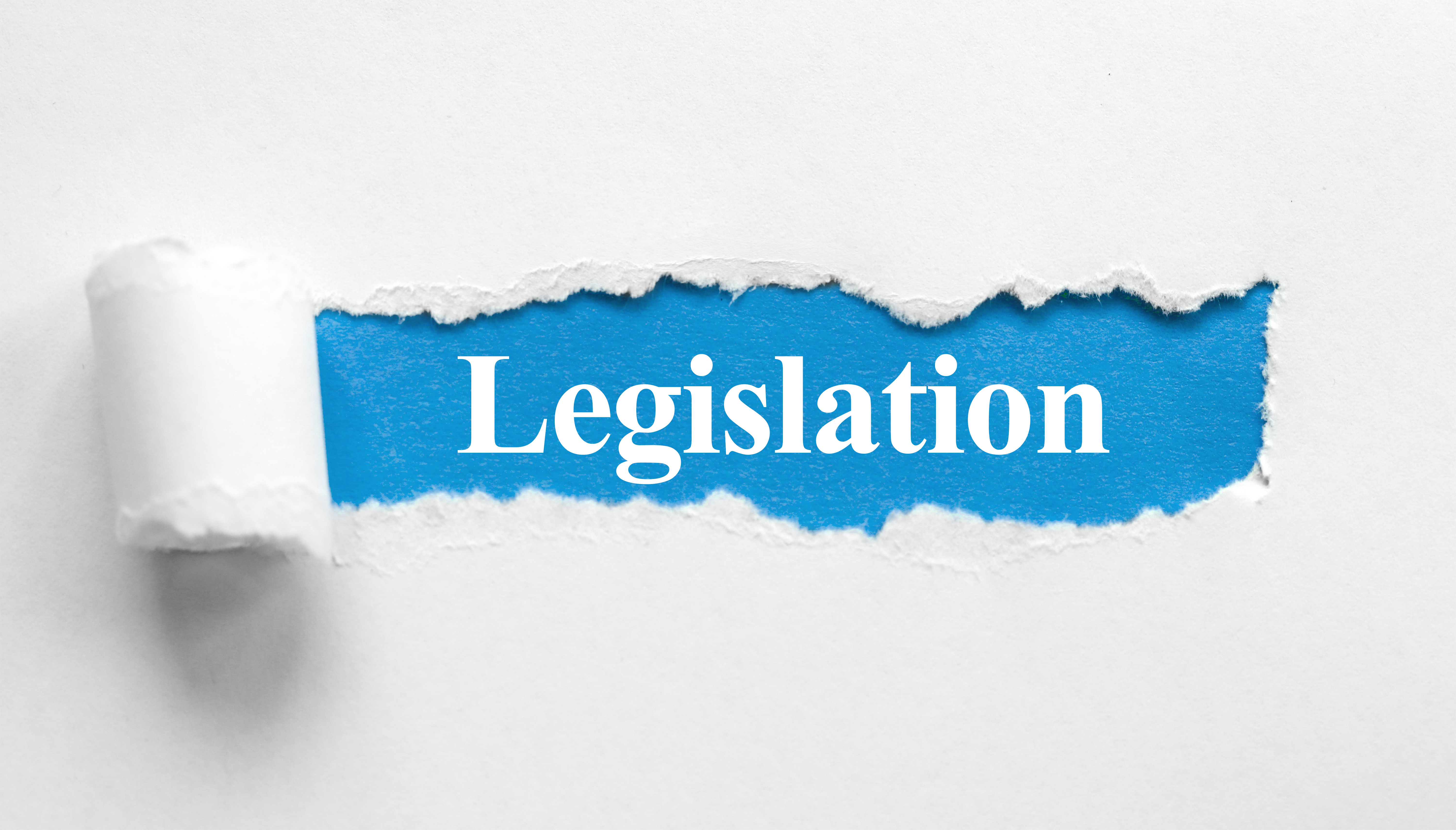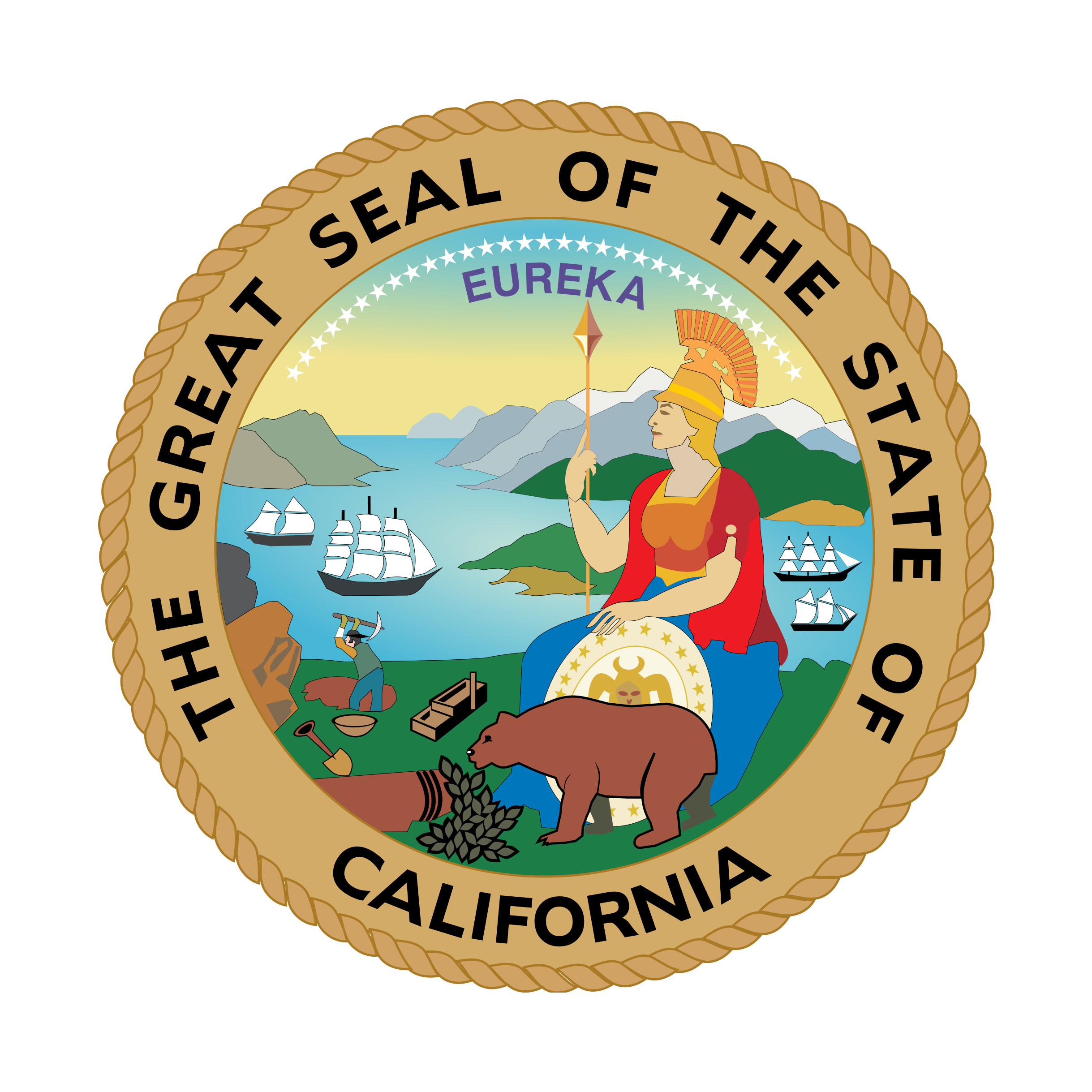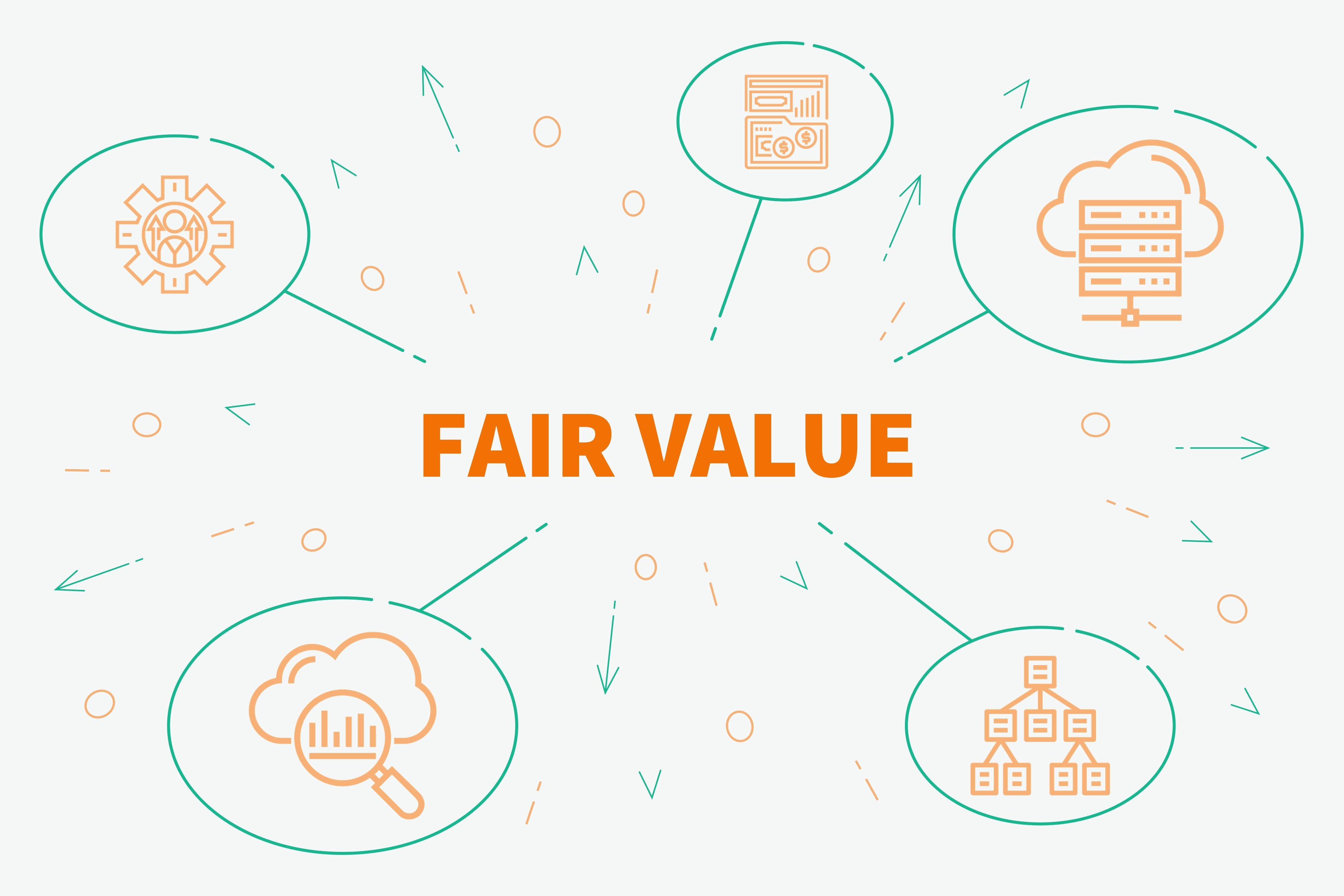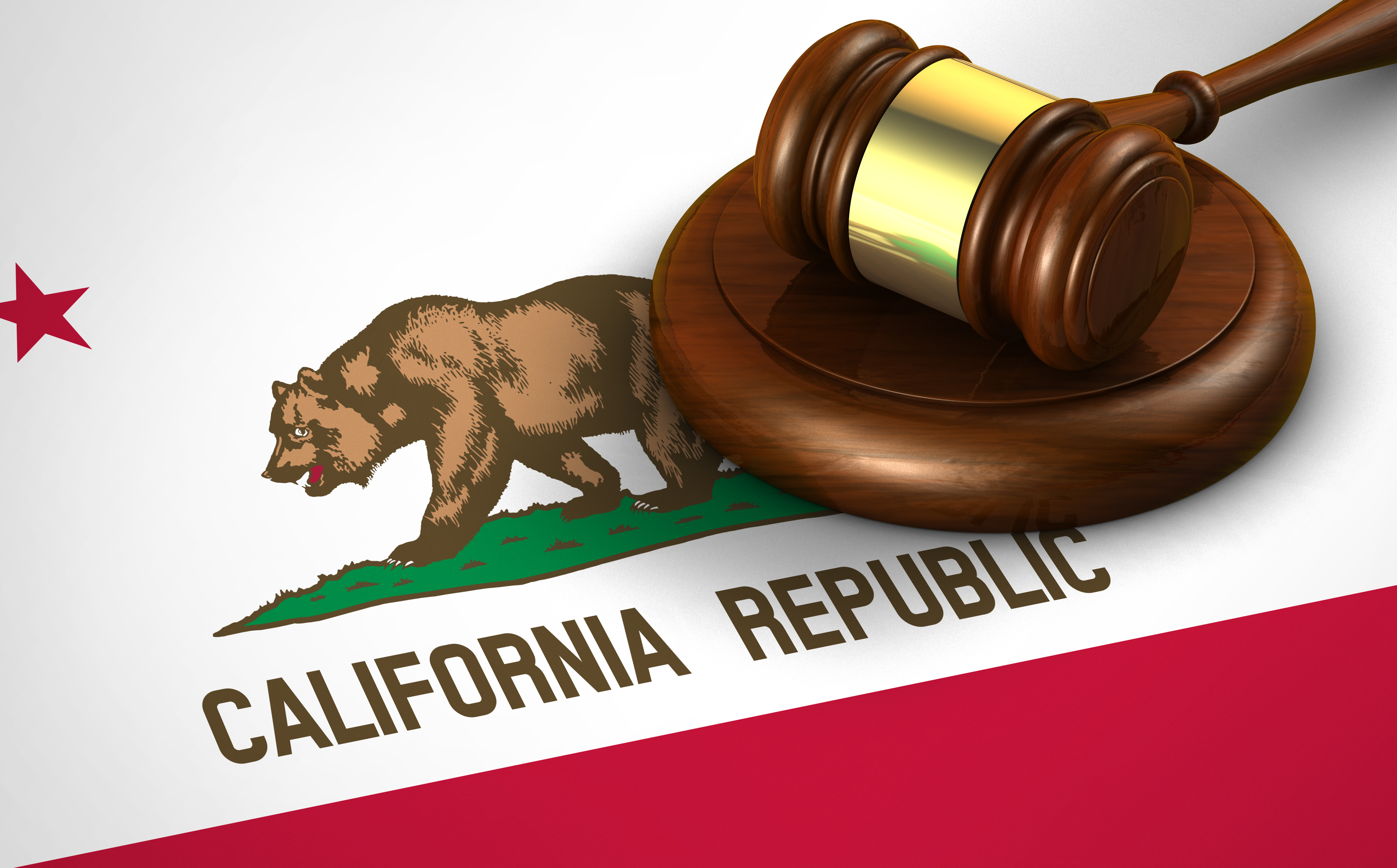
Went browsing around the web last night and found the settlement agreement for the AG’s case against the Giving Children Hope charity. Yesterday’s post discussed that case at length.
The National Association of State Charity Officials has a reprint of the California AG’s press release.
Included in the article is a link to the signed Assurance of Voluntary Compliance., which was approved by a judge on January 22, 2019.
Following are a few of the highlights from the signed agreement. In particular, the agreement fills in some of the details I was wondering about.
Remember my previous comment that I could see no reason one particular board member was included in the case? He was chair of the board from 2014 through 2016, according to paragraph 2. On the settlement agreement, he signed as chairman on behalf of the charity which agreed to dissolve itself.
The CPA cited in the case provided accounting services to GCH from January 2014 through June 2017 (para 2).
In paragraph 10a the AG asserts GCH had at least 25 transactions in which it had one of two controlled subsidiaries purchase medicine from a named wholesaler in the Netherlands for a “very minimal price” and then had the controlled charities donate the meds back to GCH.


